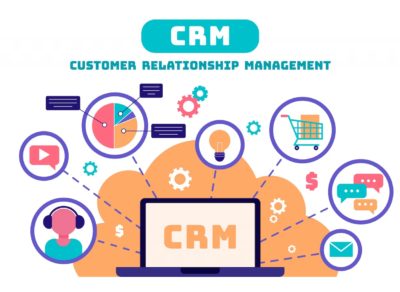
4 tips for Implementing risk management software in banks
Managing risks is a critical aspect of running a successful bank. With constantly evolving risks and regulatory requirements, banks are increasingly turning to risk management software to help them manage their risks more effectively. Implementing risk management software in banks can be a complex process, and without proper planning and execution, it can be challenging to achieve the intended benefits.
In this blog, we will provide four tips for successfully implementing risk management software in banks. These tips will cover defining risk management goals, choosing the right software, getting buy-in from key stakeholders, and providing sufficient training. By following these tips, banks can effectively implement risk management software and achieve their risk management goals.
Define Your Risk Management Goals
Before implementing risk management software in a bank, it is crucial to define your risk management goals. This involves clearly identifying what risks the software will address and what outcomes you hope to achieve. Without this step, the implementation of the software could be misguided, and the results may not be as effective as anticipated.
Defining your risk management goals starts with assessing the risks your bank faces. This could include risks related to credit, market, operational, or compliance risks, among others. Once you have identified the risks, you can then prioritize them based on the level of potential impact and likelihood of occurrence.
Choose the Right Software
Choosing the right risk management software is essential for successful implementation in banks. The software should align with the bank’s specific risk management goals and objectives, and it should also be able to effectively manage the types of risks the bank faces.
When choosing software, it is important to consider several factors. First, consider the software’s functionality and features. Look for software that can address your specific risks and provide the necessary tools to manage them effectively. For example, if credit risk is a primary concern, look for software that includes credit risk modeling and analysis tools.
Smartosc solutions : BACKBASE DIGITAL BANKING, BUY NOW PAY LATER, LOS, CDP, EKYC, DIGITAL ONBOARDING
Second, consider the software’s ease of use and compatibility with existing systems. The software should be intuitive and user-friendly, and it should integrate smoothly with other systems the bank uses.
Third, consider the vendor’s experience and reputation. Look for vendors with a track record of success and experience working with banks similar to yours.
Finally, consider the cost and return on investment (ROI). While the software may require a significant investment, it should ultimately provide a positive ROI by reducing risks and increasing efficiencies.
Get Buy-In From Key Stakeholders
Getting buy-in from key stakeholders is crucial for successful implementation of risk management software in banks. This involves engaging and involving all relevant parties in the process, including senior management, risk management staff, IT staff, and end-users.
To get buy-in from key stakeholders, it is important to communicate clearly and regularly about the implementation process. Provide regular updates and engage stakeholders in discussions about their concerns, needs, and expectations. Involve them in decision-making and provide training to ensure they understand how to use the software effectively.
Provide Sufficient Training
Providing sufficient training is crucial for successful implementation of risk management software in banks. Without proper training, users may not understand how to use the software effectively, which can lead to errors and inefficiencies. This can ultimately compromise the effectiveness of the software in managing risks.
Training should be provided to all users of the software, including risk management staff, IT staff, and end-users. The training should cover the functionality and features of the software, as well as how to use it to manage the specific risks the bank faces.
Training should be tailored to the needs of each user group. For example, risk management staff may require more in-depth training on risk modeling and analysis, while end-users may require more basic training on how to input data and generate reports.
Conclusion
In conclusion, implementing risk management software in banks can be a complex process, but by following the four tips outlined in this blog, banks can achieve success in managing their risks more effectively. Defining risk management goals, choosing the right software, getting buy-in from key stakeholders, and providing sufficient training are all critical components of a successful implementation.
At SmartOSC Fintech, we understand the challenges of implementing risk management software in banks, and we are here to help. Our team of experts has extensive experience in implementing risk management software in banks of all sizes and can provide the support and guidance needed to ensure a successful implementation.
If you are interested in learning more about how SmartOSC Fintech can help you implement risk management software in your bank, please visit our website or contact us today. We look forward to working with you to achieve your risk management goals.


